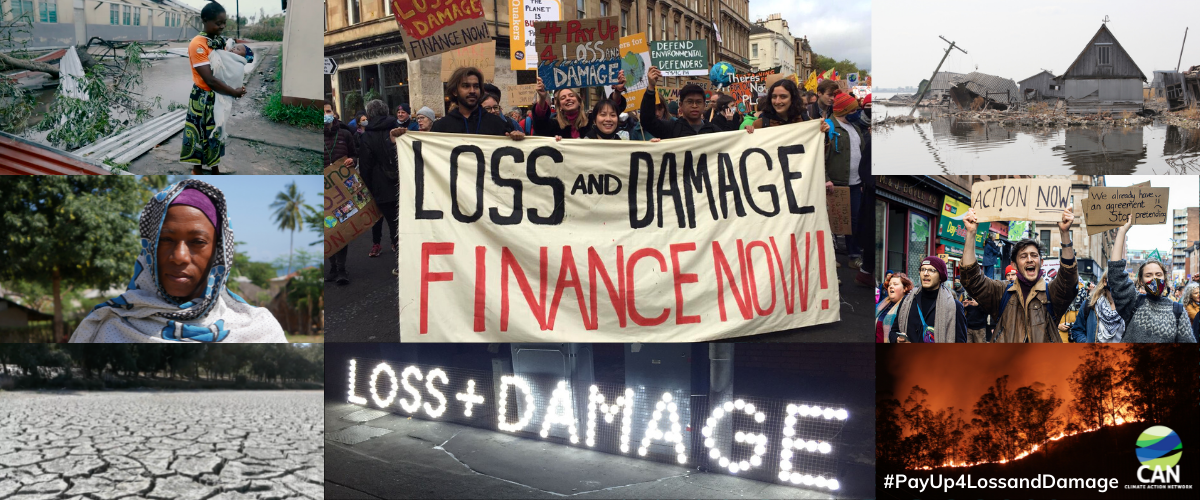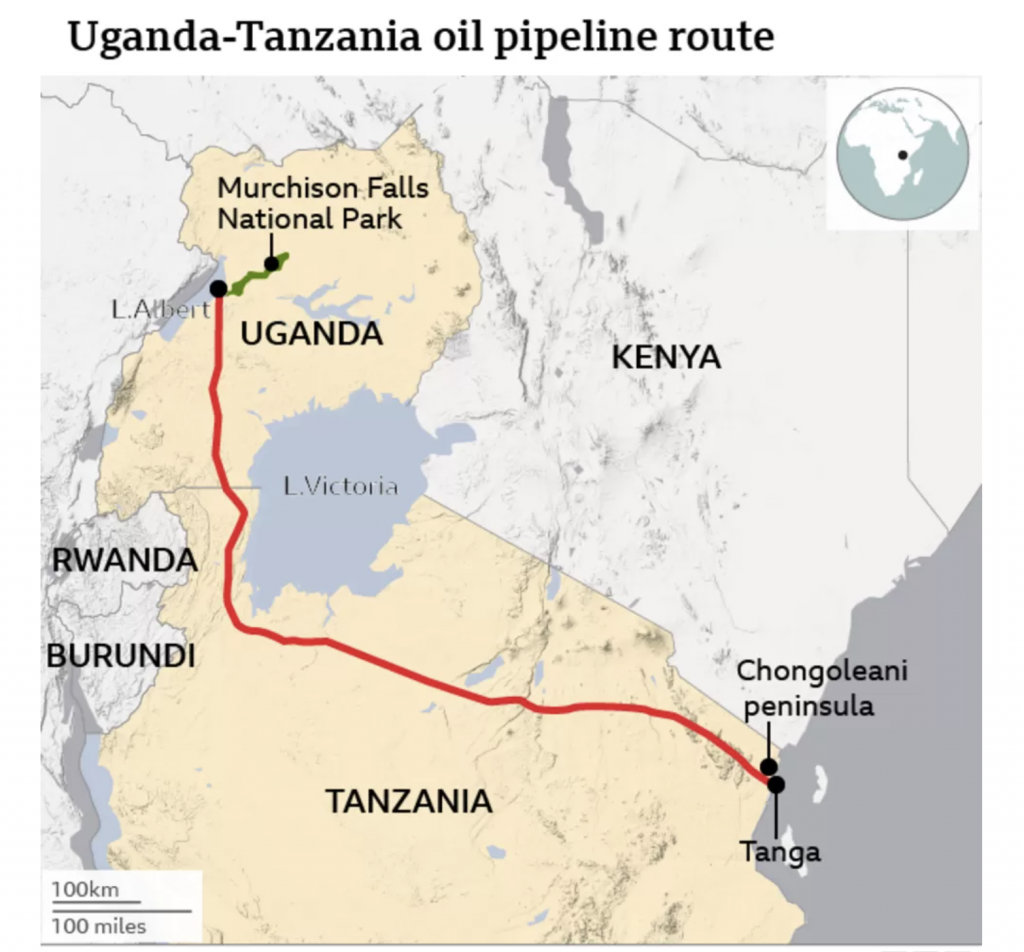
It’s that time again for governments and big finance to discuss their way out of the climate crisis. It’s COP27 time. COP is traditionally littered with empty promises, backroom wrangling, and an ocean load of greenwashing.
This year’s COP27 in Egypt may turn out to be no different. But there’s an idea growing in power and it’s on everyone’s lips – loss and damage. Loss and damage is the idea that the countries most responsible for inflicting climate damage should be the ones paying for it. It’s a global version of the “you break it, you buy it” rule. And it makes complete sense.
The brunt of the climate crisis is falling on countries that are doing the least to cause it. There are floods in South Asia. Droughts and crop failure in Kenya and Central America. Devastating cyclones in Southern Africa. Yet there’s comparatively little destruction happening in the rich and western countries who have done the most historic damage to the climate. Rich countries are responsible for this mess, so they should clean it up.
It’s such a powerful idea, that organisers are attempting to quieten it.
We need a loss and damage finance facility. We need climate justice. We need action.
Time is running out, which is why decision makers need to step up at #COP27 #GenerateAction ⏰ @CYPavilion pic.twitter.com/51lITtBnFA
— Greta Thunberg (@GretaThunberg) October 31, 2022
Where did loss and damage come from?
Calls for loss and damage haven’t appeared from nowhere. And they’re sure not coming from rich countries. The thrust of the campaign is coming from incredible frontline campaigns against fossil fuel projects (and the banks funding them) in the global south.
A powerful example of this is the #StopEACOP campaign. The East Africa Crude Oil Pipeline (EACOP for short) is a gigantic pipeline set to run through East Africa. It’s set to displace 100,000 people, destroy beautiful habitats and ignore the rights of people living in its path. It would also add more fossil fuels to the planet at a time when we cannot afford to keep plundering.

How are banks involved with COP27?
In a word? Greenwashing. Banks are often crawling all over COP and touting their “green” credentials. Almost all major banks around the world are still ploughing billions of dollars (per year!) into more coal, oil and gas. This will be double true for the kinds of banks at COP.
Incredibly, one of COP’s major sponsors this year is Citi, the second biggest fossil fuel funder in the world. And they’re the biggest funder of coal (the most damaging fossil fuel) in the world.
Banks like HSBC will also be present at COP because they’re desperately trying to do two things:
- Try and look green (despite being the biggest funder of fossil fuel expansion in Europe)
- Grow in the Middle East (despite already have Saudi Aramco, the world’s worst polluting company, on their books)
The message is simple. We don’t have time for more BS greenwashing. Rich countries should clean up the mess that they (and their banks) are causing.